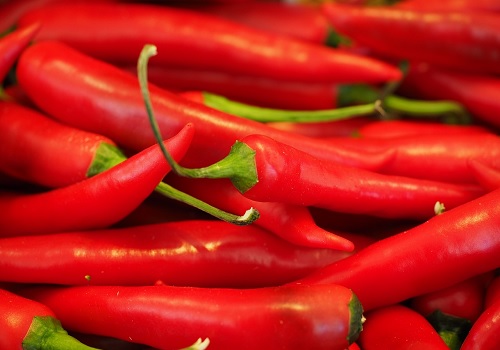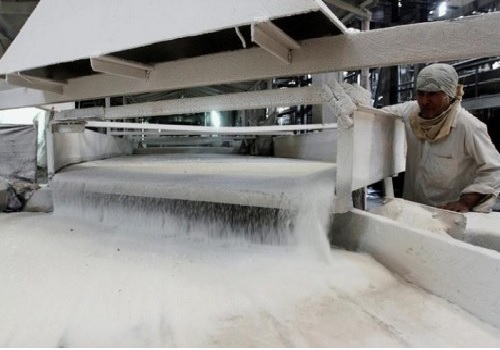Spicing Up Supply Chains: Indian Chilli Market Trends Amidst Changing Demands by Amit Gupta, Kedia Advisory

India's chilli market faces shifts as China, its largest buyer, covers its position, while Bangladesh turns to Myanmar for sourcing. Major oleoresin companies have stocked up, dampening immediate market prospects. Meanwhile, Karnataka sees record arrivals, driving prices down by 50%.
Highlights
Price Decline in Karnataka: Chilli prices in Karnataka have dropped significantly, by about 50%, since the beginning of the season due to lower demand and increased supply.
Record Market Arrivals: Karnataka has seen a record high of 53.60 lakh bags of 30 kg each of dry chillies from December to March-end, a 53% increase compared to the same period last year, contributing to market oversupply and price volatility.
Chinese Demand: China, the largest buyer of Indian chillies, has already covered its position for the next three months, resulting in decreased demand from this crucial market.
Bangladesh Preference: Bangladesh has shifted its preference to sourcing chillies from Myanmar due to good crop quality and lower prices, leading to decreased demand for Indian chillies.
Oleoresin Companies: Major oleoresin companies have already procured a significant amount of chillies, covering their requirements for the next nine months, which reduces their need to purchase from the market.
Market Conditions: Market arrivals in key chilli markets like Warangal and Guntur remain high, indicating abundant supply. However, prices continue to decline due to lack of demand and oversupply.
Conclusion
The Indian chilli market finds itself navigating through a maze of shifting demand dynamics and record-high supply. With China and Bangladesh altering their sourcing strategies, Indian exporters must strategize to adapt. The presence of oversupply, coupled with subdued demand, presents a challenging landscape, urging stakeholders to explore innovative avenues and perhaps diversify their export destinations to mitigate the impact of these market fluctuations.
Above views are of the author and not of the website kindly read disclaimer
























